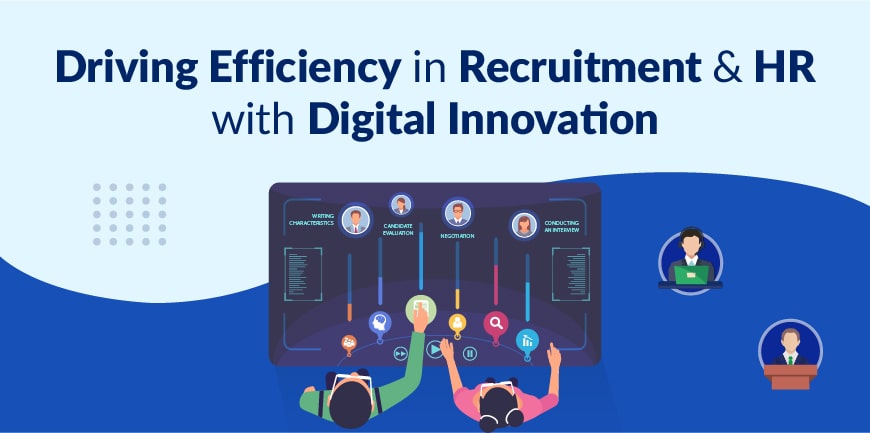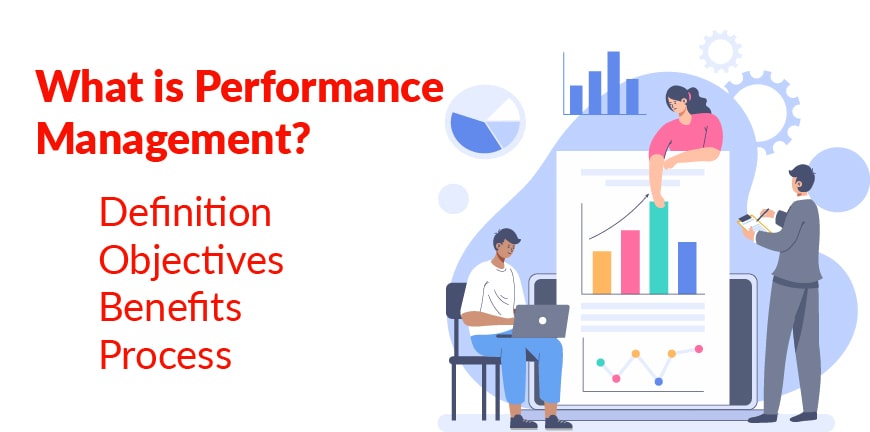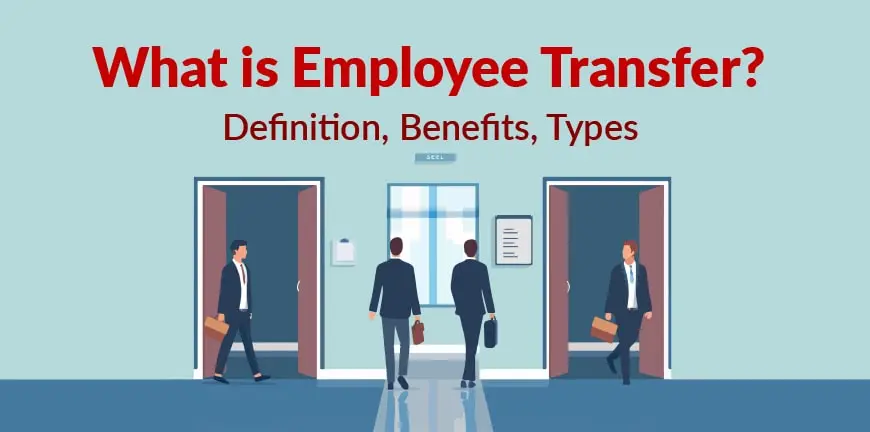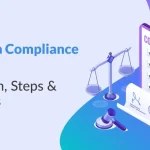
What Is a Compliance Plan? Definition, Steps & Examples
26/08/2025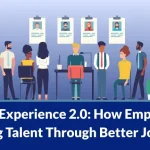
Candidate Experience 2.0: How Employers Are Winning Talent Through Better Journeys
02/09/2025What slows HR teams down the most? Sorting resumes, coordinating interviews, or tracking compliance? The truth is, it’s all of it.
One day, HR is juggling dozens of open roles, the next it’s chasing approvals, and the next it’s answering the same candidate questions repeatedly.
Fortunately, modern tools have made their work a bit easier. Yes, technology does not replace expertise. It amplifies it. Teams that adopt the right platforms move faster, make fewer mistakes, and create experiences that candidates and employees notice. The future belongs to those who combine insight with efficiency and focus on building genuine connections.
8 Key Digital Tools Revolutionizing Recruitment & HR Operations
1. Applicant Tracking Systems
An applicant tracking system is essential for medium and large organizations. It posts jobs, filters resumes, and moves candidates through every stage efficiently. Recruiters stop chasing managers with endless emails. Everything appears on a single dashboard, including:
- Interview schedules
- Approvals
- Feedback
Some ATS platforms even provide trendy insights: which recruitment channels yield the best candidates, or which roles typically take longer to fill. These insights allow HR teams to refine strategies continuously rather than reacting to problems.
2. AI-Powered Recruitment Tools
Screening resumes manually is exhausting. But AI tools change that completely. They scan CVs, match skills to job requirements, and highlight top candidates. Some even uncover talent pools recruiters might otherwise miss.
The biggest advantage? Recruiters reclaim time. They focus on meaningful conversations rather than spreadsheets. AI tools also help draft job descriptions and outreach messages. Personalized communication at scale makes candidates feel seen and valued.
They also provide some additional benefits, including:
- Monitoring labor market trends to predict skill shortages
- Suggesting talent pools for upcoming projects
- Highlighting candidates whose experience aligns with multiple open roles
3. HR Management Systems
An HRMS centralizes payroll, leave management, compliance, and employee records. As a result, multiple disconnected systems disappear. At the same time, errors decrease, reporting speeds up, and audits take less effort. Additionally, employees gain self-service:
- Check leave balances
- Download payslips
- Update personal details without HR intervention
Managers receive dashboards tracking turnover, overtime, and performance. Data moves from paper into actionable insights.
Some HRMS platforms even provide recommendations:
- Suggest learning or development programs
- Highlight employees ready for promotion
- Identify teams requiring additional support
This combination of data and guidance transforms HR from reactive to strategic.
4. Video Interviewing Platforms
Today, hiring extends beyond borders. You might need to hire a team of freelancers across the globe for more efficiency. In this regard, video platforms let HR teams connect with candidates anywhere.
Using such tools, recruiters can easily and quickly conduct interviews with candidates from different cities and countries. Such tools eventually help them hire more talented people regardless of logistical barriers.
They also help them record interviews and share them with management for feedback, and improve decision-making and hiring accuracy.
5. Skills Assessment and Gamification
Resumes show experience, but skills tell the real story. That’s where skills assessment platforms come in handy. They include:
- Quizzes
- Case simulations
- Gamified challenges
Gamification improves engagement. Candidates enjoy interactive challenges, and results reflect actual ability rather than polished resumes. Simulations also show how a candidate may perform in real job scenarios.
6. Employee Onboarding and Engagement Platforms
First weeks set the tone. Onboarding platforms guide employees through policies, compliance, and team introductions. Some even connect new hires with mentors immediately.
Engagement tools track sentiment, collect anonymous feedback, and run recognition programs. Their benefits include:
- Measuring morale continuously rather than annually
- Supporting employees who may otherwise feel disconnected
- Increasing retention by making staff feel valued
These platforms allow HR to combine process efficiency with human connection.
7. Workforce Analytics and Predictive HR
Data helps HRs make better decisions. That’s why many companies use workforce analytics and predictive tools. Such tools analyze performance, behavior, and historical trends. They also forecast turnover and identify high-potential employees.
For example, analytics may show that top performers leave after two years in certain departments. HR can adjust recognition programs or career paths proactively. Predictive insight turns HR from reactive to preventive.
8. AI-Powered Writing Assistants
Clear communication is essential for any organization. Whether it’s job postings, policy updates, performance reviews, or training material, they all need precision. Writing assistants generate drafts that HR can refine, saving time.
Some tools also summarize long documents. For instance, with the help of an Online Summarizing Tool, HRs can transform a 15-page compliance report into core points instantly. It can help recruiters digest key information faster, reducing mistakes.
What are the Benefits of Digital HR Tools?
1. Faster Hiring Cycles
Coordinating schedules, posting roles manually, and chasing paperwork eats up weeks. ATS platforms shortlist candidates quickly. Video platforms remove scheduling delays. And assessments confirm skills early. Together, these tools shrink the hiring cycle dramatically.
2. Cost Efficiency
Automation reduces overhead. Data entry drops, paper use declines, and compliance errors decrease. As a result, HR teams handle higher recruitment volumes without extra staff. The return comes from both savings and higher productivity.
3. Improved Candidate Experience
Candidates notice smooth processes. Automated updates keep them informed. Video interviews save time. And personalized communication makes interactions feel genuine. Resultantly, even those not hired leave with a professional impression.
4. Data-Backed Decisions
HR decisions shift from instinct to insight. Workforce analytics reveal trends in turnover, absenteeism, and performance. And the teams act on measurable facts rather than subjective impressions.
5. Reduced Bias
Bias undermines culture and brand. And modern tools reduce it. For instance, structured interviews, standardized assessments, and AI-supported shortlisting create fairness. Tools guide human judgment without removing it. Hence, decisions focus on measurable performance rather than personal preference.
Conclusion
Digital innovation has redrawn the boundaries of recruitment and HR. What once took weeks can now take days. And what once relied on assumptions now depends on data. These tools are not about replacing the human side of HR but amplifying it.
Recruiters still build relationships. Managers still coach staff. But with the support of applicant tracking, predictive analytics, onboarding platforms, and even text summarizers, they operate with greater speed, precision, and insight.
Contact Us For Business Enquiry

Rajkumar Shanmugam
Rajkumar Shanmugam is the Head of HR at ALP Consulting, bringing over 19 years of comprehensive HR leadership experience across India and international markets. His expertise spans talent acquisition, employee relations, performance management, compliance, and HR transformation. Rajkumar has a proven track record of driving people-centric initiatives, enhancing workplace culture, and aligning HR strategy with business goals. With extensive experience in US staffing operations and global mobility, he continues to lead organizational excellence through innovation and employee engagement.

